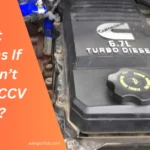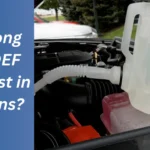The Cummins X15 engine may experience various brake problems that can impact its performance. We will explore the common issues faced by the X15 engine brake and provide insights into their causes and possible solutions.
Whether it’s a malfunctioning brake valve, excessive wear and tear, or inadequate lubrication, understanding and addressing these problems in a timely manner is crucial for optimal engine performance.
By gaining knowledge about the X15 engine brake problems and implementing necessary corrective measures, operators can ensure smooth operation and maximize the longevity of their Cummins engine.
Read on to learn more about these challenges and how to overcome them.
Common Brake Problems For Cummins X15 Engines
Brake problems in Cummins X15 engines can be a major concern for truck owners, as they directly impact the safety and performance of the vehicle. Understanding the common brake problems that can occur in these engines is essential for proactive maintenance and timely repairs.
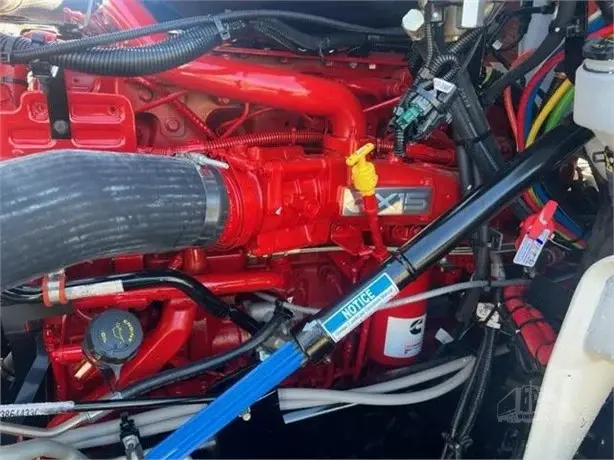
In this article, we will discuss three common brake problems that Cummins X15 engine owners may encounter: worn brake pads, brake pad contamination, and brake caliper issues.
Worn Brake Pads
One of the most common brake problems faced by Cummins X15 engine owners is worn brake pads. Brake pads are vital components that create friction against the brake rotors to slow down or stop the vehicle. Over time, the constant friction and heat generated during braking wear down the brake pads, causing them to become thin and less effective.
Signs of worn brake pads include squealing or grinding noises when applying the brakes, reduced braking performance, and longer stopping distances. It is crucial to inspect and replace the brake pads regularly to ensure optimal braking performance and prevent further damage to the braking system.
Brake Pad Contamination
Brake pad contamination can also occur in Cummins X15 engines, hindering their braking efficiency. Contamination can be caused by various factors such as oil or grease leaks, brake fluid leaks, or road debris. When the brake pads are contaminated, they lose their ability to generate proper friction and impede the braking process.
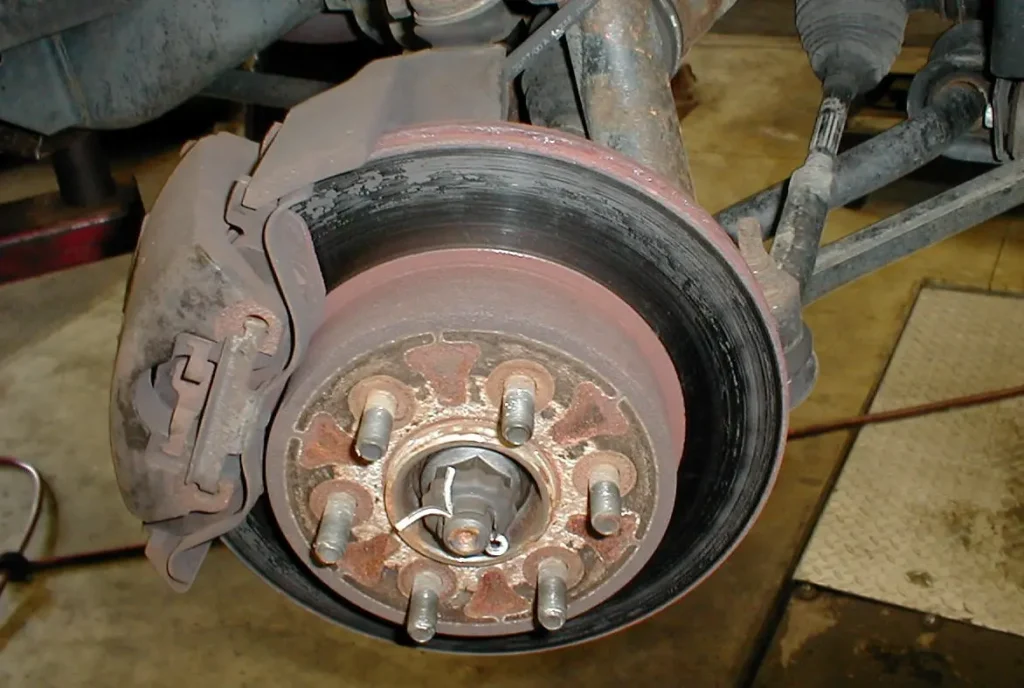
Common symptoms of brake pad contamination include a spongy brake pedal feel, reduced braking power, and uneven braking. If you notice any of these signs, it is essential to inspect and clean the brake pads thoroughly. Depending on the extent of contamination, you may need to replace the brake pads or address the underlying cause of the contamination.
Brake Caliper Issues
Brake caliper issues can also contribute to brake problems in Cummins X15 engines. The brake calipers are responsible for applying pressure to the brake pads, pressing them against the rotors for effective braking. However, several issues can arise with the brake calipers, affecting their functionality.
Some common brake caliper issues may include seized caliper pistons, worn-out caliper slides, or contaminated caliper seals. These problems can lead to uneven braking, sticking brake pads, or intermittent braking issues. If you notice any abnormalities with your braking system, it is crucial to inspect the brake calipers and address any necessary repairs or replacements.
Regular maintenance and prompt attention to these common brake problems can help ensure the safety and reliability of Cummins X15 engines. By addressing worn brake pads, brake pad contamination, and brake caliper issues in a timely manner, truck owners can maintain optimal braking performance, reduce the risk of accidents, and prolong the lifespan of their Cummins X15 engines.
Diagnostic Techniques For Cummins X15 Engine Brake Problems
When it comes to troubleshooting Cummins X15 engine brake problems, it is essential to have a systematic approach to diagnose and resolve issues effectively. By employing the right diagnostic techniques, you can identify the root cause of engine brake problems and implement appropriate solutions.
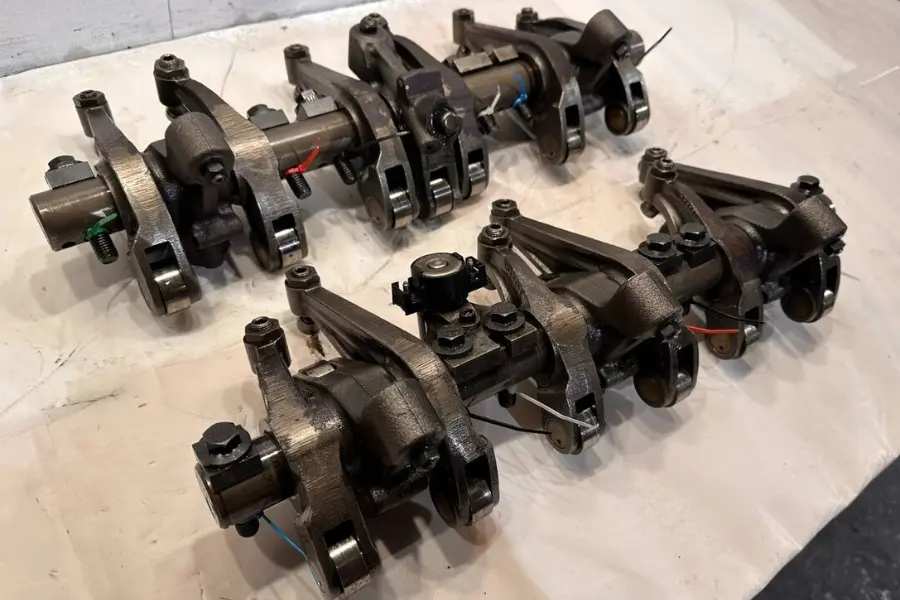
Visual Inspection
A visual inspection of the Cummins X15 engine brake can provide valuable insights into potential problems. Here are some visual elements to check:
- Wiring and Connections: Start by examining the wiring harness and connectors for any signs of damage, corrosion, or loose connections. These issues can cause electrical malfunctions, affecting the engine brake’s performance.
- Physical Damage: Carefully inspect the brake components, such as solenoids, valves, and rocker arms, for signs of wear, cracks, or any other physical damage that could impact their functionality.
- Oil Leaks: Check for oil leaks in areas around the engine brake. Oil leakage can lead to reduced brake performance and may indicate internal seal or gasket issues that require attention.
- Mechanical Alignment: Ensure that all brake components are properly aligned and not misaligned or bent. Misalignment can affect the overall functioning of the engine brake.
Brake Performance Testing
To evaluate the brake performance of the Cummins X15 engine, conducting specific tests can provide valuable diagnostic information. Consider the following performance tests:
- Compression Test: Measure the compression force of the engine brake to assess its effectiveness. Compare the measured values against the manufacturer’s specifications to determine if any discrepancies exist.
- Timing Test: Check the timing of the engine brake operation in relation to the position of the crankshaft. Timing issues can affect the brake’s efficiency and may necessitate adjustments or maintenance.
- Brake Force Test: Evaluate the braking force generated by the engine brake by performing a controlled braking test. Compare the recorded values against the desired range to identify any deficiencies or abnormalities.
- Noise Test: Pay attention to any unusual noises emitted during the operation of the engine brake. Excessive noise can indicate mechanical problems or improper functioning that require further investigation.
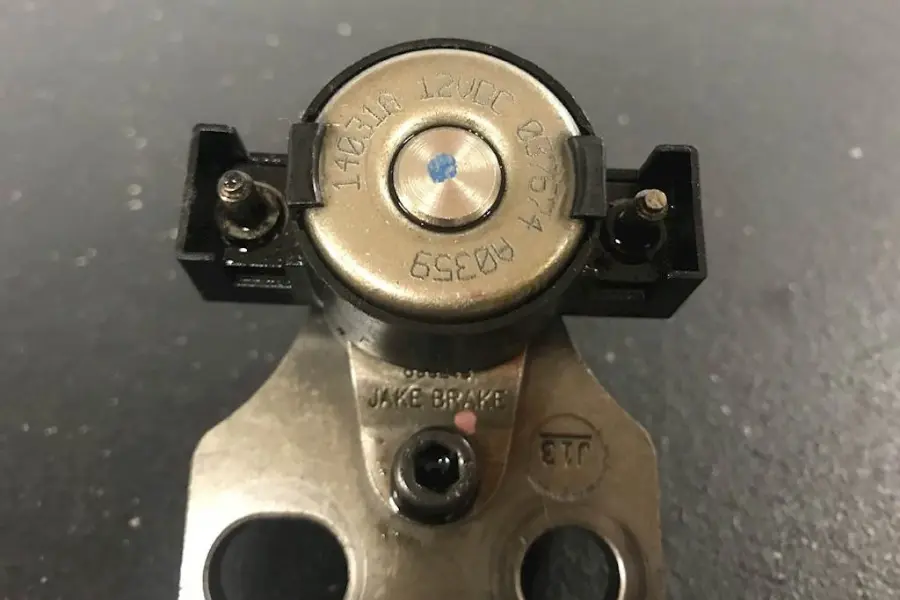
Computer Diagnostics
Advanced computer diagnostic tools can provide valuable insights into the performance of the Cummins X15 engine brake. The manufacturer’s proprietary diagnostic software can be utilized to assess various parameters and initiate self-diagnostics. Here are some computer diagnostic techniques to consider:
- Error Code Readings: Use the diagnostic software to retrieve stored error codes related to the engine brake system. These codes can provide essential clues about the underlying issues affecting brake performance.
- Live Data Monitoring: Monitor real-time data from various sensors and components of the engine brake system to identify abnormal values or trends. Analyzing this live data can aid in pinpointing potential problem areas.
- Software Updates: Ensure that the engine brake software is up to date by installing the latest available updates from the manufacturer. Updated software can address known issues and improve overall performance.
- Calibration Verification: Verify the calibration settings and parameters of the engine brake system using the manufacturer’s diagnostic software. This step ensures that the engine brake is operating within specified tolerances.
By employing these diagnostic techniques – visual inspection, brake performance testing, and computer diagnostics – you can effectively identify and resolve Cummins X15 engine brake problems, allowing for optimized performance and reliability.
Troubleshooting Tips For Cummins X15 Engine Brake Problems
If you are experiencing engine brake problems with your Cummins X15 engine, don’t fret! In this section, we will provide you with some troubleshooting tips to help you identify and resolve these issues. By following these steps, you can save time and money by avoiding unnecessary repairs or replacements. Let’s dive in and get your engine brake back to optimum performance!
Checking for Brake Pad Wear
One of the first things you should do when troubleshooting engine brake problems is to check for brake pad wear. Over time, brake pads can become worn and may need to be replaced. Here’s how you can check for brake pad wear:

- Visually inspect the brake pads through the inspection hole in the caliper.
- Look for any signs of uneven wear, cracking, or excessive thinning.
- If the brake pads are worn down to the wear indicator, it is time to replace them.
- Measure the thickness of the brake pad. If it is below the recommended thickness, it should be replaced.
Cleaning and Lubricating Brake Calipers
The next step in troubleshooting engine brake problems is to clean and lubricate the brake calipers. Over time, dust, dirt, and other debris can accumulate on the caliper, affecting its performance. Here’s how you can clean and lubricate the brake calipers:
- Remove the brake pads from the caliper.
- Use a soft brush or cloth to clean the caliper and remove any dirt or debris.
- Apply a thin layer of high-temperature brake grease to the contact points of the caliper.
- Reinstall the brake pads and ensure they are properly seated in the caliper.
Adjusting Brake Shoe Clearance
If you are still experiencing engine brake problems after checking the brake pad wear and cleaning the calipers, it may be necessary to adjust the brake shoe clearance. Here’s how you can do this:
- Locate the adjustment wheel on the brake shoe assembly.
- Using a brake adjustment tool, turn the adjustment wheel to increase or decrease the brake shoe clearance.
- Refer to the manufacturer’s specifications to ensure that the brake shoe clearance is within the recommended range.
- Repeat the process for each brake shoe assembly.
By following these troubleshooting tips, you can effectively address engine brake problems with your Cummins X15 engine. Remember to always refer to the manufacturer’s guidelines and specifications for proper maintenance and adjustment procedures. If the issues persist, it is recommended to consult a professional mechanic or Cummins service center for further assistance. Happy troubleshooting!
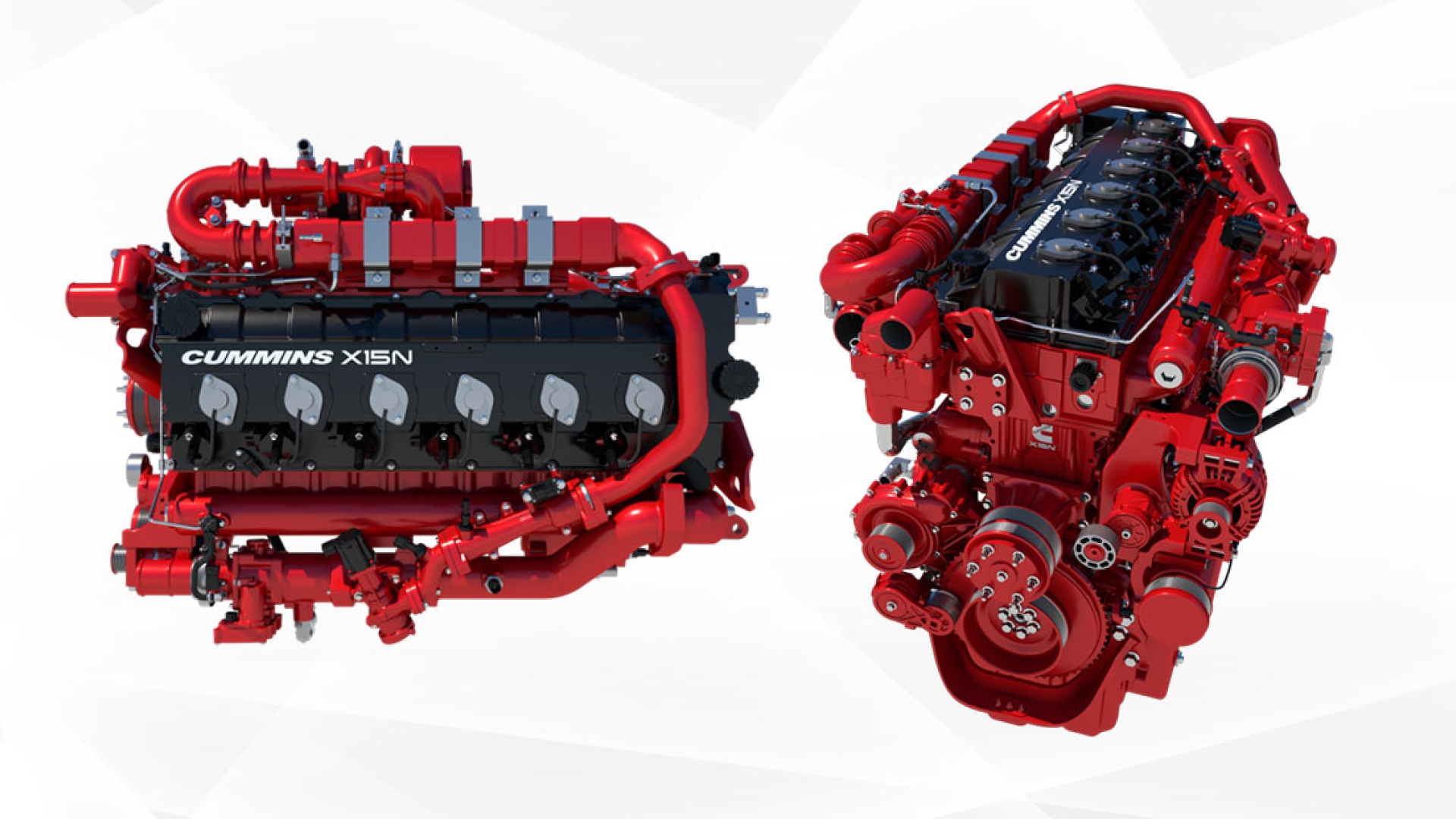
Solutions For Cummins X15 Engine Brake Problems
When it comes to the Cummins X15 engine brake problems, finding effective solutions is crucial to ensure optimal engine performance and safety. Luckily, there are several steps you can take to address common issues and keep your engine brake running smoothly. In this guide, we’ll explore three essential solutions to help you overcome Cummins X15 engine brake problems.
Replacing Worn Brake Pads
Worn brake pads can significantly affect the performance of your Cummins X15 engine brake. Over time, as brake pads wear down, they may become less effective in slowing down your engine. To fix this issue, it’s essential to know when to replace your brake pads and how to do it properly.
Here’s what you need to do:
- First, start by securing the necessary tools, such as a wrench and a new set of brake pads.
- Next, locate the brake pads on your Cummins X15 engine. Refer to your engine’s manual if unsure about the exact location.
- Carefully remove the old brake pads, paying attention to the position and fitment of each pad.
- Inspect the condition of the brake pads and compare them with the new set. If the current pads are worn beyond the recommended thickness, it’s time to replace them.
- Install the new brake pads, ensuring a proper fit and alignment. Remember to tighten any screws or bolts according to manufacturer specifications.
Regularly checking and replacing worn brake pads is vital to maintaining the efficiency and reliability of your Cummins X15 engine brake system.
Flushing Brake Fluid and Replacing with Fresh Fluid
Inadequate brake fluid can lead to decreased braking performance of your Cummins X15 engine. Over time, brake fluid may become contaminated with debris, moisture, or air bubbles, compromising its effectiveness. Flushing the brake fluid and replacing it with fresh fluid is an essential solution to overcome brake-related problems.
Here’s a step-by-step guide to flushing and replacing the brake fluid:
- Begin by locating the brake fluid reservoir on your Cummins X15 engine. It is typically near the master cylinder.
- Using a turkey baster or a similar tool, remove the old brake fluid from the reservoir. Dispose of it properly.
- Refill the reservoir with fresh brake fluid, ensuring it meets the manufacturer’s recommended specifications.
- Locate the brake bleeder valve on each brake caliper or wheel cylinder. Starting from the farthest wheel from the master cylinder, use a wrench to open the valve slowly.
- Have a helper press the brake pedal firmly while the valve is open. This process will push out any air bubbles or old fluid.
- Close the valve when the brake pedal reaches the floor, making sure not to release the pedal until the valve is properly tightened.
- Repeat this process for each wheel, moving closer to the master cylinder each time, until you have bled all wheels.
Remember, it’s crucial to follow the manufacturer’s recommended brake fluid and bleeding procedures to ensure optimal performance of your Cummins X15 engine brake.
Calibrating Brake Calipers
A misaligned or improperly calibrated brake caliper is another potential cause of Cummins X15 engine brake problems. When the brake calipers are not working in sync, it can lead to uneven brake pad wear and compromised braking performance. Calibrating the brake calipers is an effective solution to overcome this issue.
Follow these steps to calibrate your brake calipers:
- Start by safely elevating and supporting your Cummins X15 engine using jack stands.
- Locate the brake calipers on each wheel. Depending on your brake system, you may have single or multiple calipers per wheel.
- Ensure all bolts and fasteners on the brake calipers are tight and secure.
- Using a torque wrench, follow the manufacturer’s specifications to loosen and adjust the caliper bolts, allowing for proper alignment.
- Tighten the caliper bolts to the recommended torque.
- Repeat this process for each brake caliper.
By calibrating your brake calipers, you can restore proper functionality and alignment, leading to better engine brake performance.
FAQs Of Cummins X15 Engine Brake Problems
To troubleshoot Cummins X15 engine brake problems, start by checking for any loose connections or damaged wiring. Inspect the brake valves, adjust or replace them if necessary, and ensure proper lubrication. Additionally, consider consulting a professional mechanic for a thorough diagnosis and repair guidance.
Common signs of Cummins X15 engine brake problems include a decrease in braking power, unusual noises or vibrations during braking, brake lights staying illuminated constantly, or difficulties in engaging or disengaging the engine brake. If you notice any of these signs, it is essential to address the issue promptly to avoid potential safety risks.
Regular maintenance can prevent Cummins X15 engine brake problems by ensuring that the brake system is in good working condition. This includes regular inspections, cleaning, and lubrication of brake components, as well as timely replacement of worn-out parts. Following the manufacturer’s suggested maintenance schedule and properly maintaining your vehicle can help avoid brake problems and ensure optimal performance.
Conclusion
The Cummins X15 engine brake problems highlighted in this blog post serve as a reminder for truck owners to stay vigilant. Understanding the potential issues with the engine brake system can help prevent unexpected breakdowns and costly repairs.
Regular maintenance and seeking professional assistance at the first sign of trouble are key to ensuring the longevity and optimal performance of your Cummins X15 engine. Stay informed, be proactive, and prioritize your truck’s maintenance needs to avoid any unnecessary hurdles on the road.



